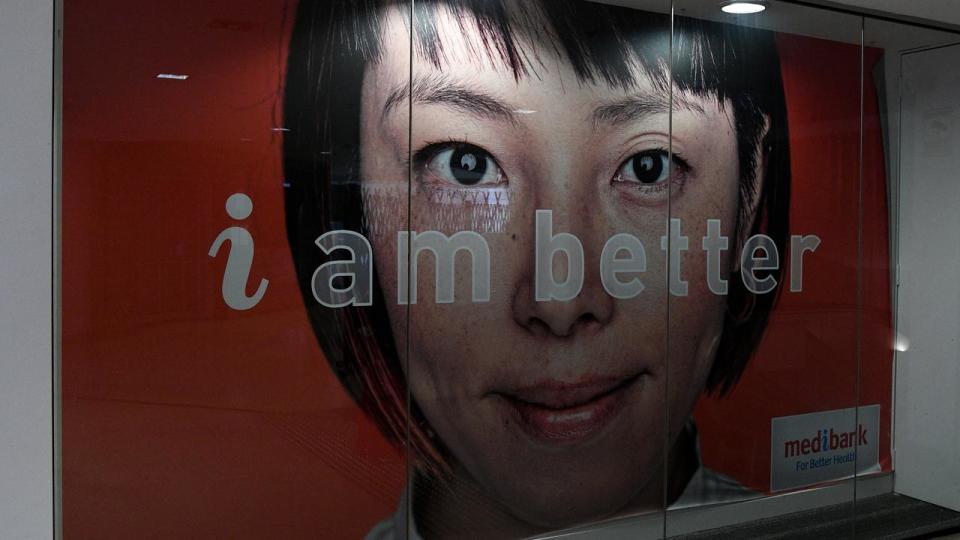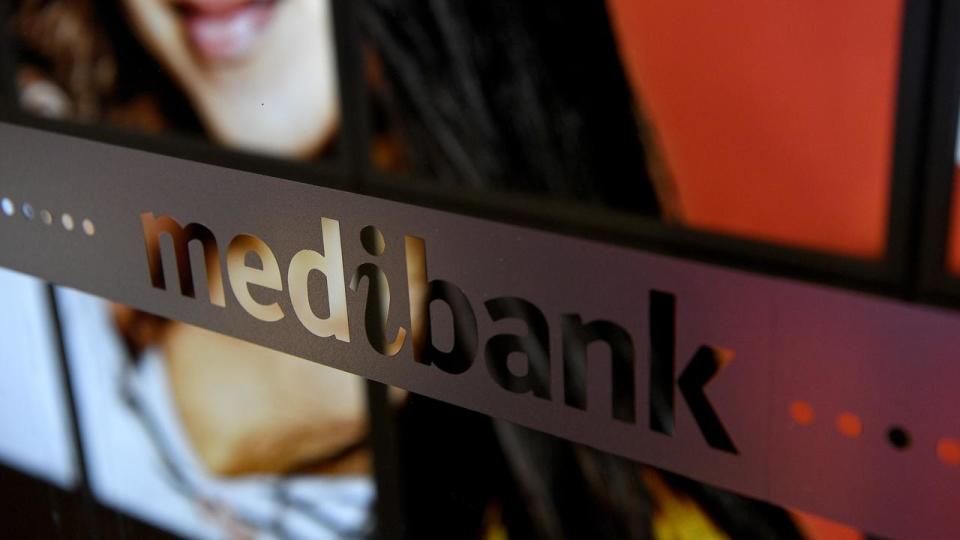Private medical insurance titan Medibank is bring in much less consumers than forecasted as cost-of-living stress attack and boosted competitors presses Australians to competing firms.
However, global pupils and non-resident employees progressively used up Medibank’s plans, which assisted buoy the firm’s numbers.
During its 2024 full-year outcomes on Thursday, the insurance company taped $492.5 million in web earnings, a nearly 60 percent lift from the previous year.
Underlying web earnings after tax obligation was up 14 percent at $570.4 million.


Over one year Medibank shed 3400 Australian insurance holders, a 0.2 percent web decline, while its subsidiary AHM obtained 17,800 resident consumers.
This stood for a 0.7 percent development, which was less than anticipated.
Medibank’s president David Koczkar stated it had actually been a difficult year.
“While this is not what we set out to achieve, given the competitive market we remained disciplined about the best way to grow for the long term,” he stated.
“Our disciplined approach is what keeps us strong and sustainable and will support our long-term growth as a health company.”
The typical rise in Medibank’s costs was listed below rising cost of living and wage development, however gap prices still boosted as even more consumers switched over service providers.


Compared to Medibank insurance holders, a greater percentage of AHM consumers decided not to restore their insurance coverage as they were even more rate delicate, the full-year outcomes exposed.
A 25 percent rise in non-resident plan systems, driven by abroad pupils, assisted respond to expiring consumers numbers.
“Stand-out growth in the student market reflects our strong university relationships – with Medibank the preferred provider of overseas student health cover for nearly half of Australian universities,” Mr Koczkar stated.
He kept in mind Australia’s wellness market was having a hard time to take on climbing expenses, the results of the COVID-19 pandemic and altering client needs.
In feedback, Medibank has actually supplied $63 million in financial backing for personal healthcare facilities.
“What we continue to think about is how we support the sustainability of hospitals in a way that doesn’t push up premiums,” Mr Koczkar stated.
“We want the private hospital sector to be strong.”




